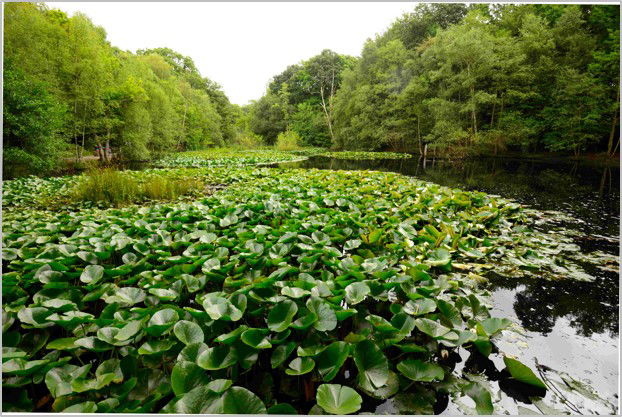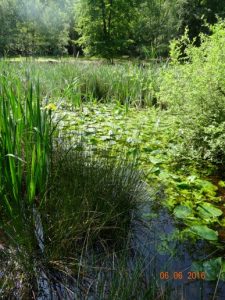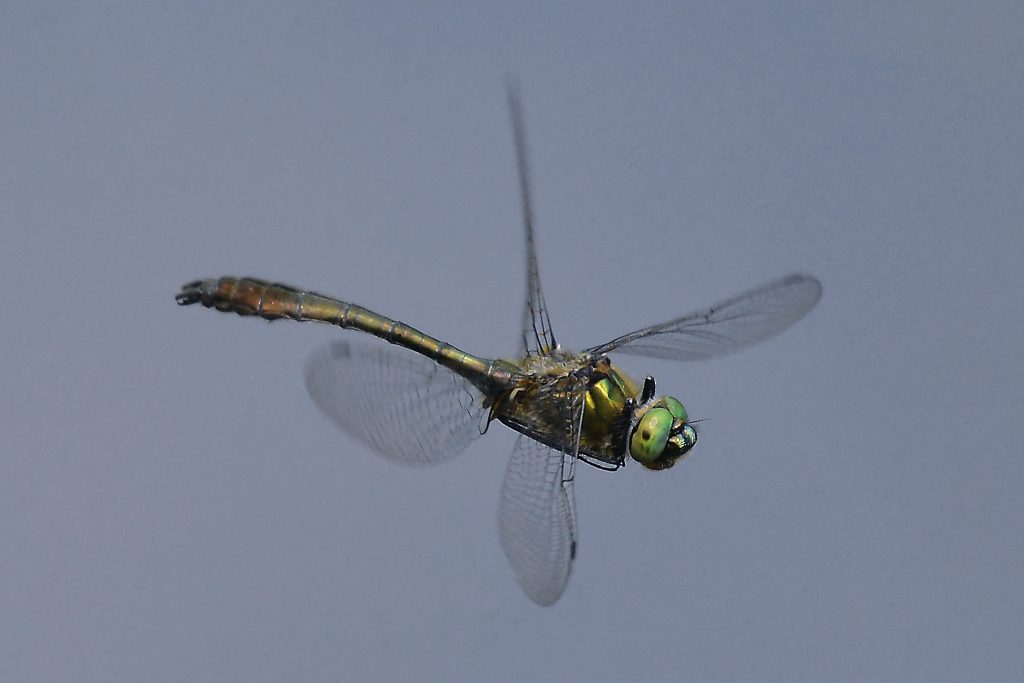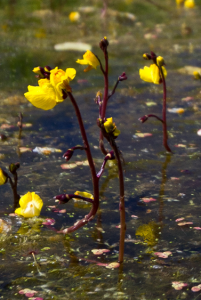Burnham Beeches Ponds – what’s changed in 25 years?
28th February 2018
Since our first visit to the ponds at Burham Beeches, there have been worrying changes to one of the UK’s finest ponds

Burnham Beeches is a wonderful woodland nature reserve in Buckinghamshire. It is recognized and celebrated for its Beech and Oak wood pasture. It also supports some great ponds and their freshwater wildlife.
We first visited the Burnham ponds in the early 1990s for the National Pond Survey – a survey of the very best ponds in the nicest places. To this day the results from the National Pond Survey continue to provide the standard against which the quality of ponds across the UK are measured.
 In 2016 we went back to Burnham Beeches to survey Upper and Middle Ponds for the City of London Corporation who continue to be interested in their quality. We found that both ponds are important waterbodies – they meet several Priority Pond criteria, putting them in the top 20% of ponds in the country. Both Middle and Upper Ponds are home to a wide range of plants and invertebrates, including acid-loving (low nutrient) plants, Nationally Scare invertebrates and England Red List plants like Lesser Spearwort and Star Sedge.
In 2016 we went back to Burnham Beeches to survey Upper and Middle Ponds for the City of London Corporation who continue to be interested in their quality. We found that both ponds are important waterbodies – they meet several Priority Pond criteria, putting them in the top 20% of ponds in the country. Both Middle and Upper Ponds are home to a wide range of plants and invertebrates, including acid-loving (low nutrient) plants, Nationally Scare invertebrates and England Red List plants like Lesser Spearwort and Star Sedge.
More worryingly however, when we compared the 2016 results to the 1990s findings from our own and other’s surveys, it was clear that both ponds have declined significantly over the last two decades. This includes the loss of sensitive aquatic plants like Bladderwort, and losses of some water beetles, bugs and dragonflies. Sadly, our search for the iconic Downy Emerald dragonfly failed to re-find it at all.
 The iconic Downy Emerald. In the 1990s this dragonfly was present in good number at the Burnham ponds, but it looks like numbers have been dropping, and in 2016 couldn’t be found at all. Photo from Kentish Plumber via Flickr, under CC license.
The iconic Downy Emerald. In the 1990s this dragonfly was present in good number at the Burnham ponds, but it looks like numbers have been dropping, and in 2016 couldn’t be found at all. Photo from Kentish Plumber via Flickr, under CC license.
The findings at Burnham Beeches are not an isolated occurrence. We’ve been revisiting other ponds from the National Pond Survey, and finding similar changes. Even our highest quality ponds, in some of our most natural, high quality landscapes are fast losing their wildlife! This is a considerable concern, because for many uncommon species, our high quality ponds are their final refuge.
 Bladderwort lives in low nutrient ponds and supplements its diet with small invertebrates which it captures in ‘bladders’ on its stems. The extensive stands of Bladderwort have now gone from the Burnham ponds.
Bladderwort lives in low nutrient ponds and supplements its diet with small invertebrates which it captures in ‘bladders’ on its stems. The extensive stands of Bladderwort have now gone from the Burnham ponds.
We can speculate about the reasons for the losses at Burnham Beeches, but they are most likely to include declining water-quality perhaps due to the effect of things like ducks and dogs stirring up sediment and making the water cloudy, an increase in overhanging trees and scrub that shades out edge plants and increases the depths of organic sediment as well as more general influences such as extinction debt. Across the country, it’s just these kinds of impacts that that are leading to similar losses at a national level.
Now City of London Corporation know there is a problem, they are keen to ensure that they can at least retain the wonderful species that the ponds still support. Dogs have already been banned from swimming in the ponds. A programme of marginal tree and scrub control and localised dredging is planned. There will also be new habitat creation: digging small pools along some edges to diversify the pond margins. It’s a great example of how a combination of knowledge from survey work and engaged and interested site managers can combine to stem the losses we are seeing. For our freshwater wildlife more widely, we need both information and practical action – particularly to create more ponds that can become high quality habitats and support our rarest freshwater plants and animals. Fortunately, we know how to do that.
Find out more
- Read the Burnham Beeches pond survey report to find out more about what we found.
- Use the Pond Creation Toolkit to help you create new high quality ponds.
